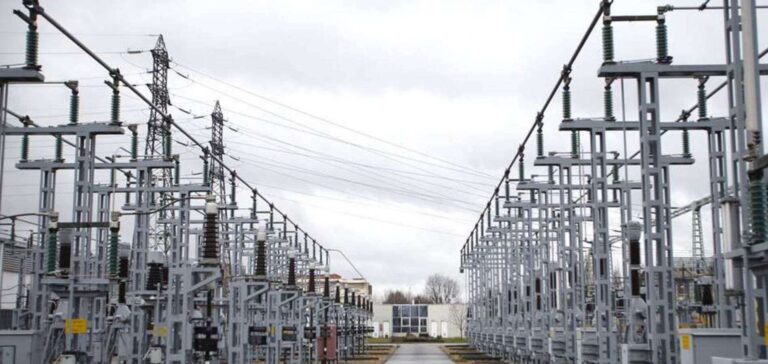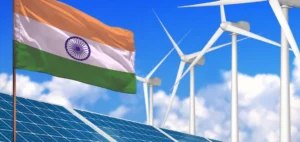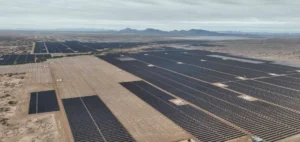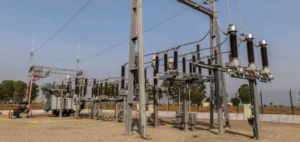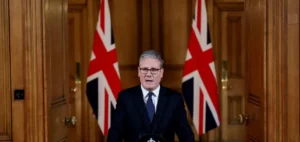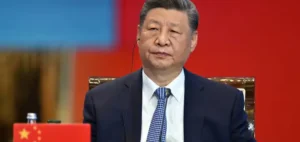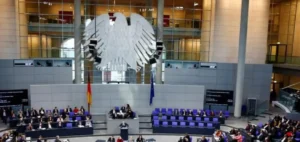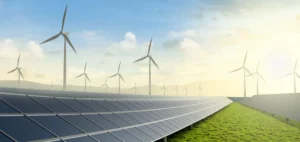Some 106,000 km of lines, 6% of which are buried, and several tens of billions of euros needed to adapt these infrastructures: France’s high and extra-high voltage power grid can be summed up in a few figures.
Average age 50
There have been three main periods in the construction of the network: after the Second World War, as part of the reconstruction effort, with the expansion of the 225,000-volt network; from the 1970s, with the boom in centralized thermal generation (coal and, above all, nuclear) and the 400,000-volt network; then, from the 2010s, with a new acceleration and transformations imposed by the energy transition.
France has 106,000 km of lines, ranging from 63,000 to 400,000 volts, including 6,000 km underground.
From 85-90 years of age, this equipment is due for renewal due to obsolescence, notes RTE, which expects a “wall of renewal” in the future.
Until the 2010s, 300 km of cable were replaced each year; this will rise to 500 km by 2022, and 1,200 km by 2030. Ditto for pylons: 500 are replaced every year, but we’ll have to step up the pace, especially in areas of high corrosivity (near the sea, or in certain industrial zones).
And when it comes to burying lines, the 63,000-90,000 volt range is concerned, especially in residential areas. This is also the case for new 225,000 volt installations, but not for 400,000 volts except over very short distances.
Finally, in addition to these electrical “highways”, there’s a major distribution network managed by Enedis: it represents 1.4 million kilometers of lines, or 35 times the circumference of the Earth.
New needs
The high and extra-high voltage network has to adapt to new needs, with the expected rise in electricity consumption and the gradual move away from fossil fuels, in industry and transport for example.
For example, today 250 large industrial sites are directly connected to the RTE network. They account for 10-15% of France’s greenhouse gas emissions, and some are committed to a process of decarbonization.
The many low-carbon hydrogen production projects will also require a lot of electricity.
Production is also changing. The boom in renewable energies and projects such as offshore wind farms require new “routes” to bring electricity to consumers.
For onshore wind and solar power, whose capacities are set to increase fivefold by 2035, around a hundred substations will need to be built by then.
Billions
At the end of 2019, RTE presented its “ten-year plan”, which estimated the investments required for its network at 33 billion euros up to 2035. This plan will be updated next year.
Annual investments (currently 1.7 billion euros) are set to double by 2035.
As for the distribution network, Enedis is not to be outdone: the company plans to invest 69 billion euros over 15 years.
These expenses are financed by the tariff for use of public electricity networks (Turpe), paid by consumers via their electricity bills. This tariff is set to rise gradually over the next few years.
However, RTE promises a “moderate” impact, with transmission costs stable at around 8-10% of the overall bill in 2035.


